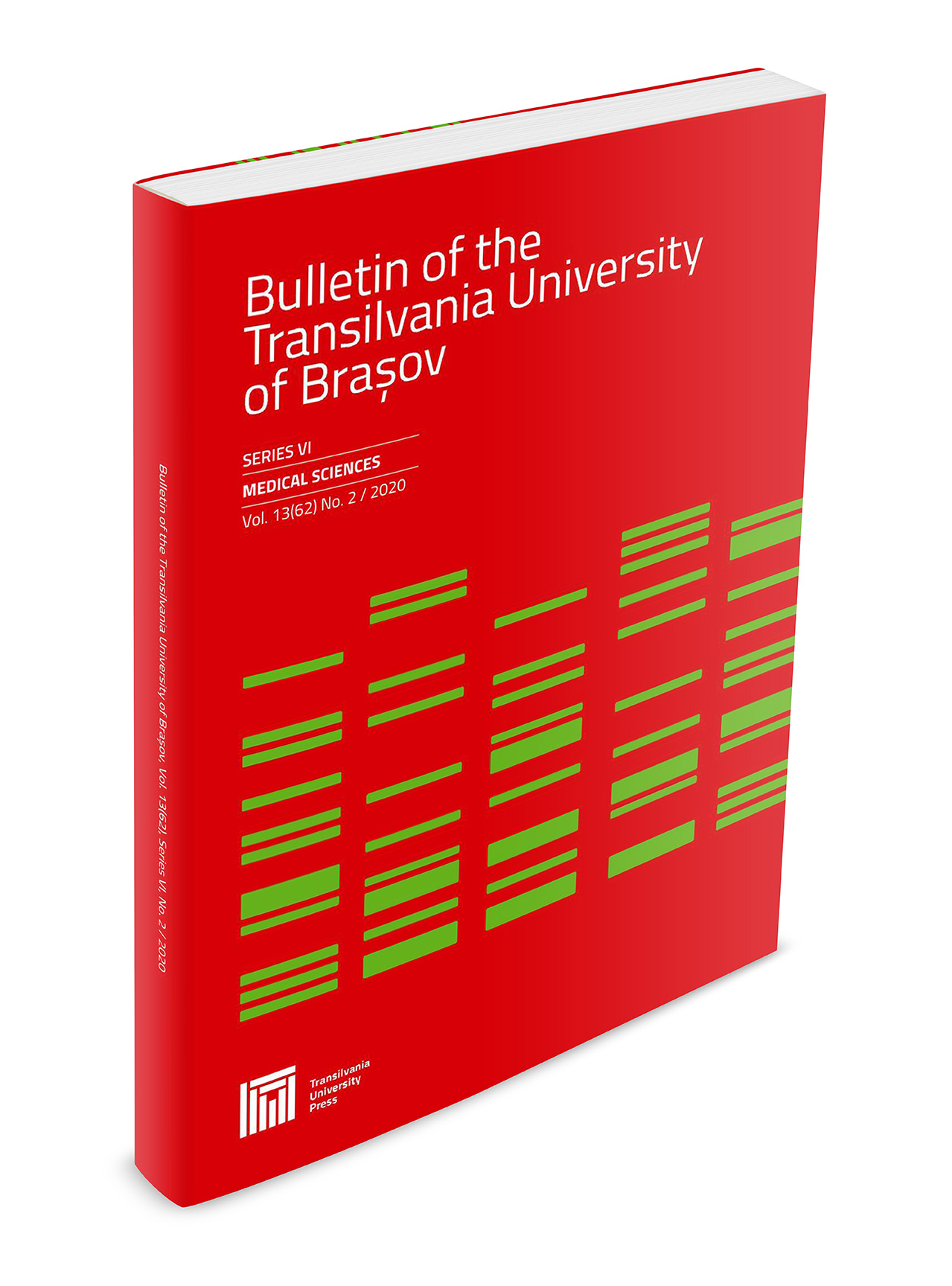Maternal untreated Syphilis Infection and Pregnancy Outcome – An Observational Study
Keywords:
congenital syphilis, stillbirth, low birth weight, preterm birthAbstract
Background. More than 1 million newborns are infected yearly worldwide making congenital syphilis a global concern. In 2009 in Romania were reported rates of global seroprevalence of 15 per 100,000 population representing the highest rate in Europe. Study design. A retrospective observational study was carried out, starting from January 2011 to December 2012, on syphilis infection in pregnant women who delivered at the Clinical Hospital of Obstetrics and Gynecology Brasov. The study included 98 cases with positive serological screening tests for syphilis at delivery. Main outcome. To evaluate the impact of maternal seropositivity for syphilis on pregnancy outcome in terms of maternal-fetal transmission, intrauterine fetal death, birth weight (preterm birth and intrauterine growth restriction), fetal status at birth and correlate this complication with maternal VDRL titers. Results. We discovered 98 new cases of syphilis in women at delivery, in the last two years. 59 new syphilis cases were identified in 2011 from a total of 4325 births (1,36%) and 39 cases in 2012 from 4055 births (0,96%). %) We found significant statistical differences in terms of stillbirth in the VDRL high titer group vs. the VDRL low titer group (5,01% vs. 1,02%, p=0,005). In contrast, we did not find a significant association between the VDRL titer and gestational age at birth or birth weight (p=0,34 vs 0,79). Conversely, obstetrical hemorrhages had occurred more frequently in the VDRL high titer group (p=0,03). We also found a significant association between Apgar scores ≤ 7 and maternal VDRL titer (p=0,01). The transmission rate of syphilis infection from mother to fetus was 61,24% higher in the high VDRL titer group. Conclusions. The transmission rate of infection from mother to fetus in cases of untreated maternal syphilis was 61,24% in close relationship with higher VDRL maternal titers. The stillbirth rate is significantly higher in the VDRL high titer group (≤ 1/8) than in the VDRL low titer group (5,01% vs. 1,02%, p=0,005). Lower Apgar scores also occurred more frequently in the VDRL high titer group (p=0,03). Our results showed an expected higher incidence of fetal low birth weight in seropositive pregnant women (27,55%) and an extremely high incidence of preterm birth (41,84%) but, in contrast with the literature data, we didn’t find a significant association between the VDRL titer and gestational age at birth or birth weight (p=0,34 vs 0,79). However, our results may be affected by the relatively small number of cases included in the study.



